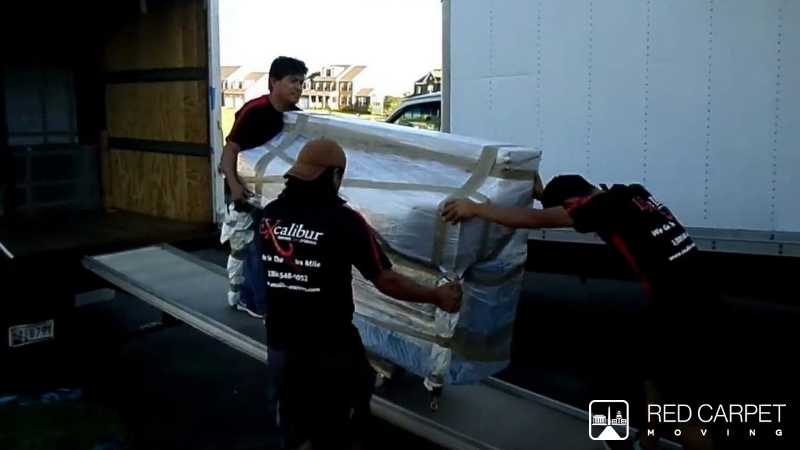There’s no such thing as a casual commercial move. When a business changes locations, it’s not just furniture that shifts. It’s infrastructure, client trust, employee productivity, and the invisible rhythm that keeps the entire operation running. That rhythm doesn’t stop just because you’re loading boxes into a truck. The pressure is real: emails still need answers, deliveries still arrive, and deadlines don’t wait.
For many companies, the biggest challenge is the downtime. That liminal space where you’re neither fully here nor there, where systems pause and clients hold their breath. The good news? With the right approach, that pause doesn’t have to feel like a crisis. It can be a blink.
Minimizing disruption during a commercial relocation is about working smarter. It requires thinking beyond logistics and treating the move like an opportunity to test, refine, and even upgrade how your business functions under pressure.
Think like a launch team, not a moving crew
It’s tempting to frame a move as a necessary evil: something to get through as quickly as possible, ideally over a weekend, with fingers crossed that nothing breaks. But this mindset can lead to rushed decisions, missed details, and disjointed execution. A more effective approach is to treat your commercial relocation like a mission-critical project that deserves leadership-level attention and strategic planning.
Assign a dedicated relocation team with clear roles, budgets, and KPIs. Map workflows, dependencies, and timelines. Think in terms of phases, not a single “moving day.” A staggered or hybrid relocation, where departments shift in waves or continue operating remotely, can significantly reduce the impact on business continuity.
Equally important is communication. Your employees, vendors, and clients shouldn’t just know that you’re moving; they should know how it will affect them. Build a communications calendar that outlines who needs to be informed, when, and how. A relocation roadmap, paired with open Q&A sessions, can replace uncertainty with confidence and cooperation.
Create a space that speeds you up
Many business owners focus on how much space they’re getting, not how that space will work. Poorly designed layouts can slow down teams, disrupt collaboration, or create chokepoints in customer service. This inefficiency can linger long after the moving boxes are unpacked.
To avoid this, your new office or facility should be designed around how your business actually functions. Start by conducting a spatial audit before the move: which teams collaborate most frequently? Where do bottlenecks happen in your current space? Are there departments that would benefit from more privacy, or from being closer to shared resources?
Bring in your movers early for a walk-through to assess layout and access. An experienced commercial moving team can help identify opportunities to pre-install furniture, label zones, or route equipment with minimal disruption. In some cases, equipment can be duplicated temporarily at the new site while the original location continues to operate, especially for tech-heavy businesses or customer-facing functions.
Smart moving takes more than strong backs
Not all commercial moves are created equal, and not all movers are equipped to handle the nuances of your business. A law firm with confidential files, a data center with 24/7 server uptime, and a dental practice with fragile, calibrated machinery all have vastly different needs. Hiring a relocation partner who understands those needs is a safeguard.
Specialist commercial movers like our team at Red Carpet Moving bring more than muscle. We bring a finely tuned sense of timing, risk mitigation, and regulatory compliance. We know how to wrap and transport sensitive equipment, handle secure data protocols, and execute overnight or off-hour moves that work around your peak operational windows.
The best movers also offer project management support that aligns with your internal roadmap. We help you stage, stagger, and streamline each phase of the process.
Minimizing business downtime is about reimagining the relocation as an opportunity to sharpen your operations, renew your infrastructure, and reinforce the systems that keep your company agile. A successful move doesn’t just get you back to business, it gets you back to business better.


